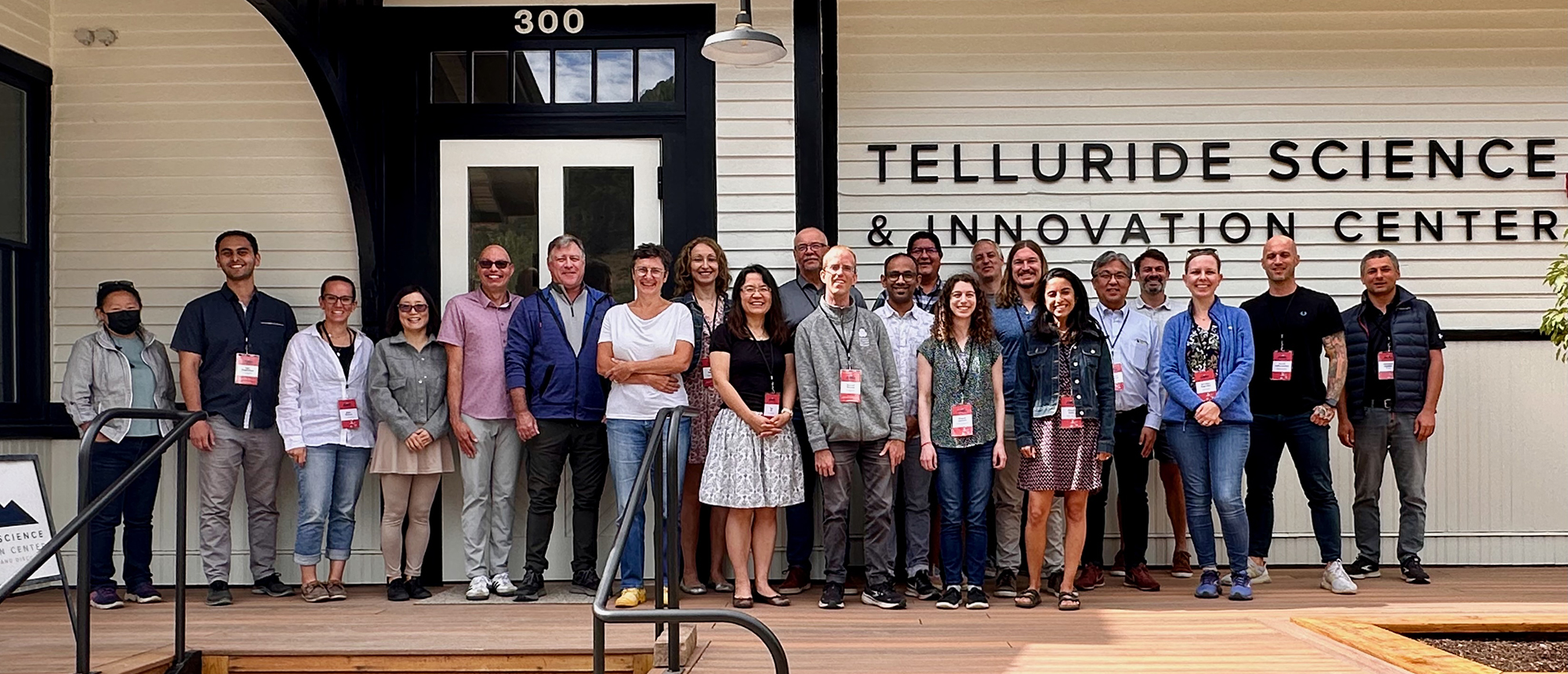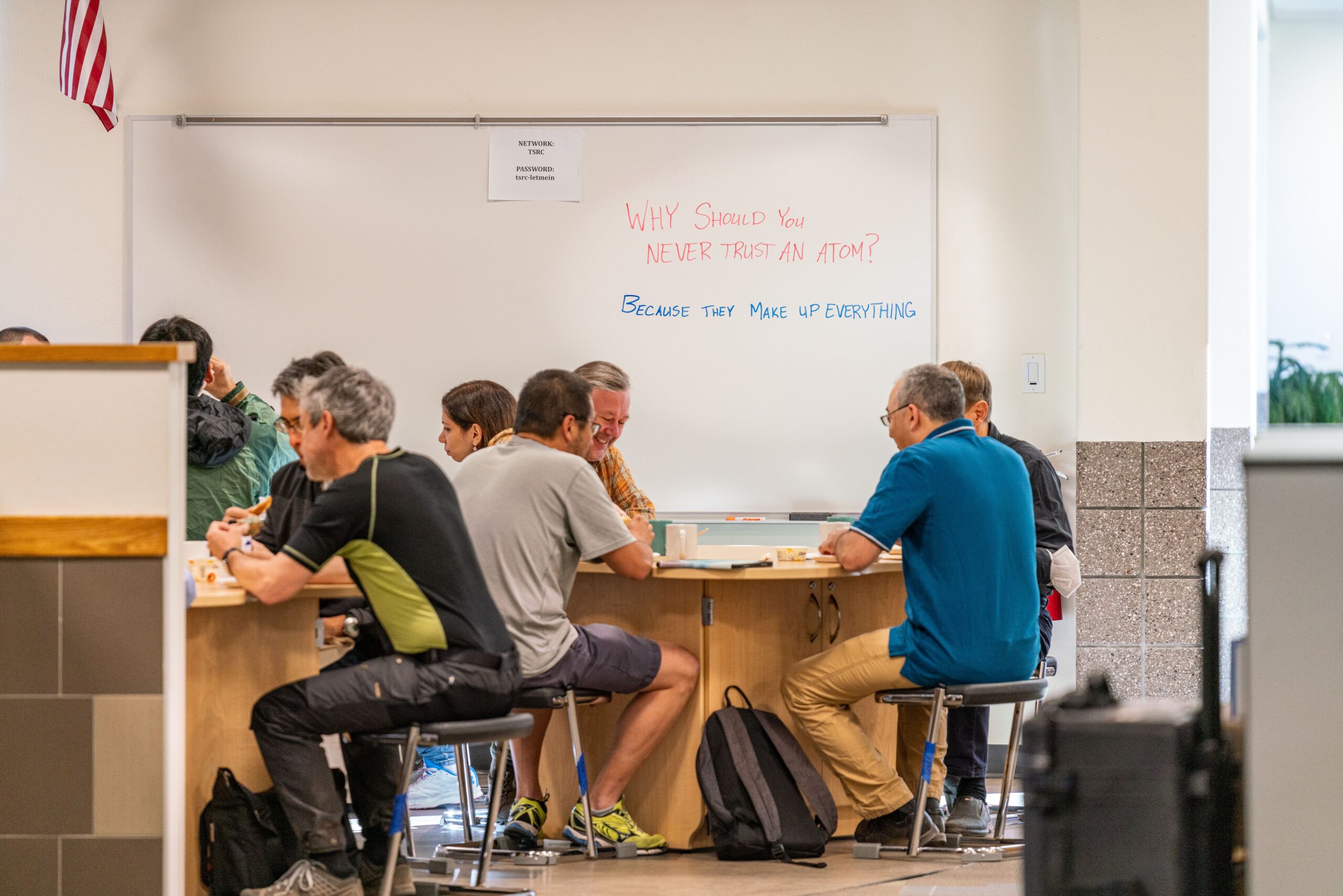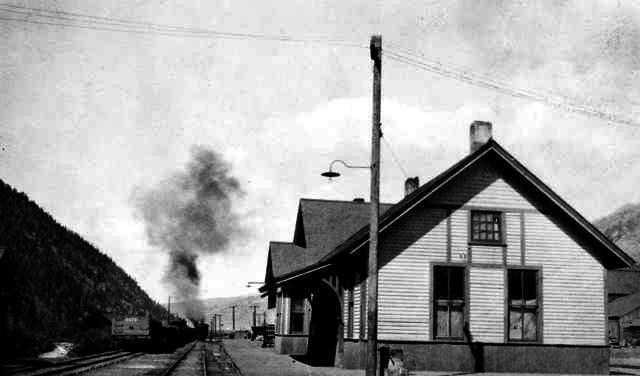
Our purpose is to advance scientific knowledge and bring together global thought-leaders to solve societal and planetary challenges. Annual we host 50+ workshops across the fields of biomedical science, energy, material science, climate, quantum computing, and fundamental science. Scientists, including Nobel Laureates, represent 400+ institutions annually.
Telluride Science advances discovery and solutions by enabling leading scientists from around the world to quickly convene workshops on the most vexing challenges in an interdisciplinary setting that facilitates communication, collaboration, and creativity.


Telluride Science (initially established as the Telluride Science Research Center) was founded in 1984 by R. Stephen Berry and Peter Salamon as a think-tank for interdisciplinary collaboration. The organization lives at the creative crossroads of physics, chemistry, energy, biomedicine, climate, material science, quantum science, and nanotechnology. Learn more.
The Telluride Innovation Center, formally a national historic train depot, serves as Telluride Science’s permanent, year-round home, offering scientists and innovators an unparalleled and inspiring space for collaboration, creativity, the advancement of knowledge, and the generation of new ideas. The Center is also a vibrant flex space that is available for rent for corporate retreats, nonprofit meetings and fundraisers, and for private and community events. Learn more about the history of the Depot.

To have this majestic place and community as optimal environment to facilitate communication, collaboration, and creativity.